All about the Caucasian medlar
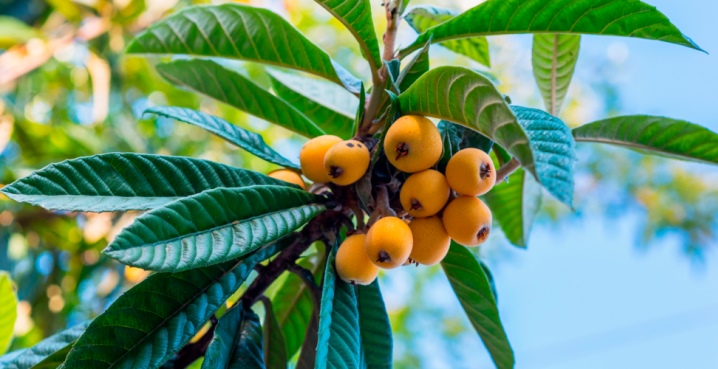
Medlar belongs to subtropical trees that can be easily grown in your backyard. Many do not take this tree with delicious fruits seriously, but in the Middle Ages it was especially popular, and Charlemagne ordered to plant it in every conquered region.

Description
In appearance, the fruits and the tree itself resemble a quince, but in fact there are few similarities. Under natural conditions, the fruits of the Caucasian medlar are similar to the berries of the wild rose. When cultivating on your site, you can achieve good results. Ripe fruits are red-brown in color, and inside there are 1-2 seeds in a hard box.
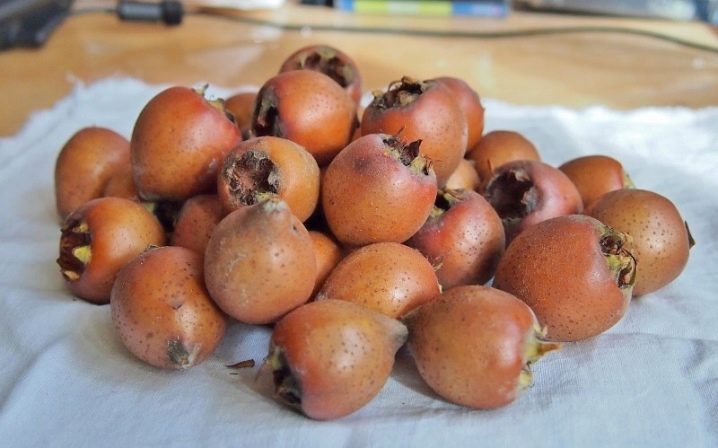
Medlar is particularly hardy (up to -30 degrees), it ripens well on slightly acidic and dry soils, illuminated by the sun. Flowering occurs in May and harvesting begins in early November.
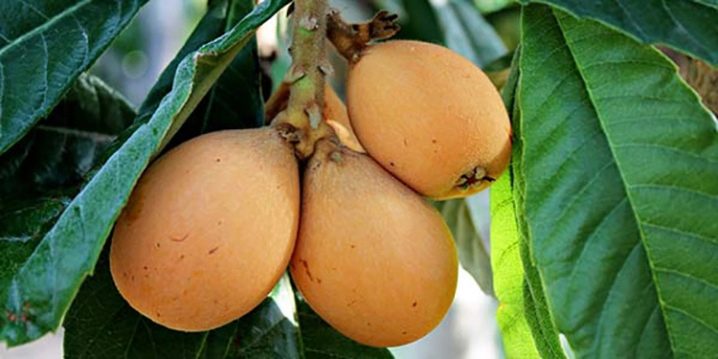
The fruit tastes slightly tart, slightly sweet, with a characteristic sourness and astringent aftertaste. As soon as the first frost occurs, the fruits become tastier, and in appearance wrinkled and squeezed. By consistency - the sensation of a creamy paste with a taste of applesauce.

German variety grows in the Caucasus, in Dagestan, in the Kuban, in the Abkhaz Republic, as well as in Western Europe, on the Crimean peninsula, in Ukraine.
The Japanese variety is cultivated by the Japanese and Chinese. But it blooms in the fall, and bears fruit in the spring.
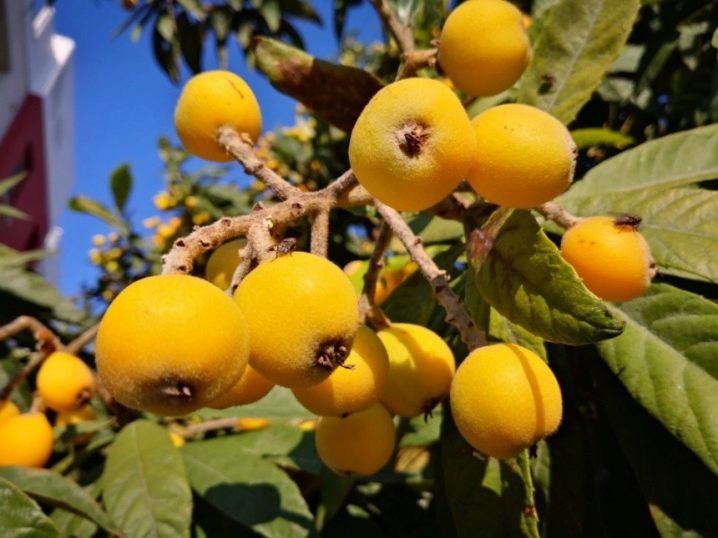
As a rule, mature trees do not exceed 2.2 m in height. At first, the tree has dark green leaves, and then white flowers bloom. On average, a tree lives for about 50 years, bears fruit in the third season after planting.
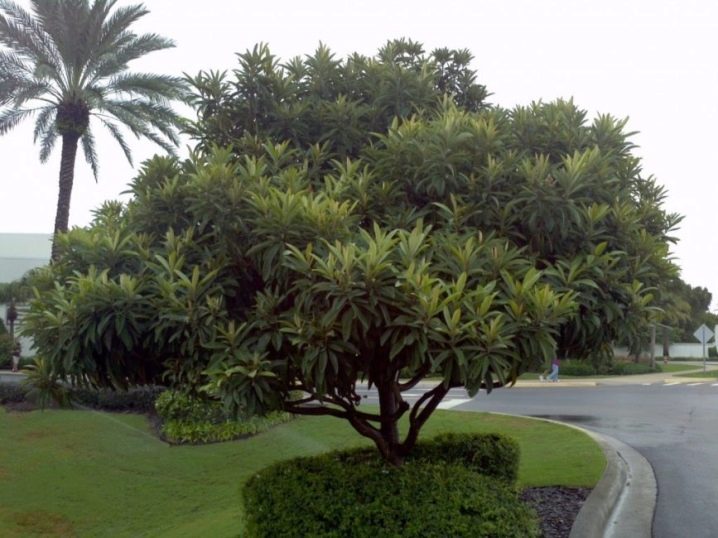
Since the Middle Ages, healers have used ripe fruits to treat gastrointestinal disorders.
And also the fruit tree is distinguished by its high nutritional value, which is relevant today.
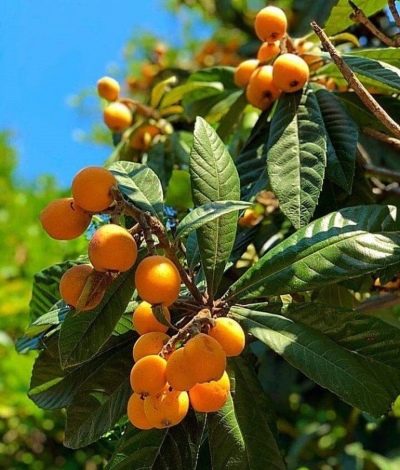
There is not a lot of exact information about the fruit tree. But scientists say that in ancient times it grew in Asia and in the vastness of Europe. The ancient Romans and Greeks were still engaged in cultivation. Until now, on the tables of the Turks and Iranians, fruits occupy a dominant position. The plant is mainly cultivated in private gardens by amateur gardeners, cultivation for industrial and monetary gain is not practiced. This is because the keeping period of a ripe fruit is short, and besides, the appearance of the fruit is unsightly.
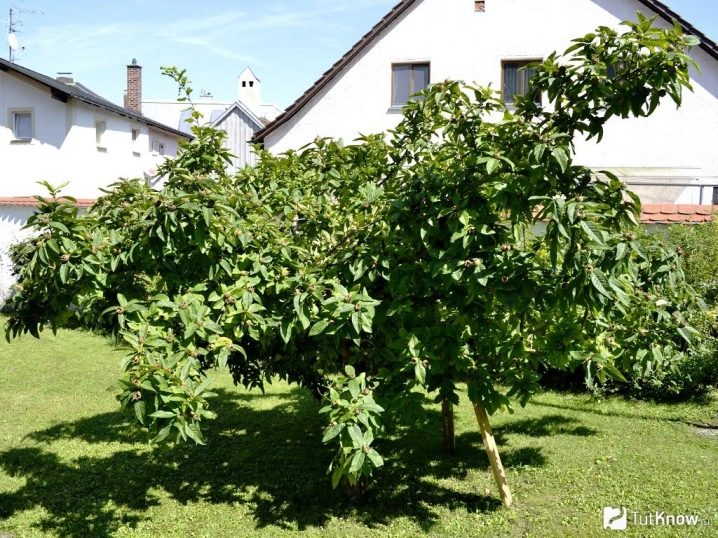
Meanwhile, the fruits of nispero are of particular value. First of all, it is an excellent diuretic, laxative of organic origin. Those who have complaints of liver and kidney disease need to take the fruit on an ongoing basis. It removes toxins, normalizes cholesterol levels. And also the fruit increases the body's defenses, strengthens the respiratory system. It is said to be a wonderful aphrodisiac.
Medlar contains antioxidants and flavonoids. The fruit has an excellent anti-tumor effect, prevents neurological problems, improves memory and attention. Ripe fruits regulate the amount of sugar in the blood, prevent cardiovascular diseases.
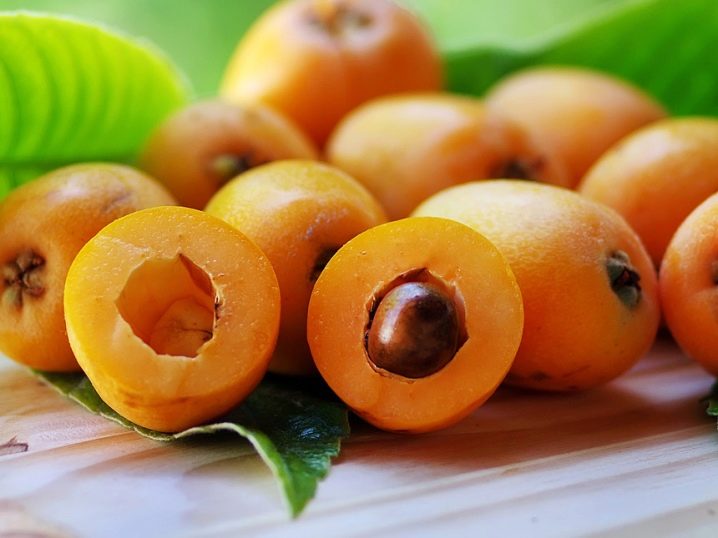
Landing
Japanese varieties can be cultivated in central Russia, but to the north of Krasnodar, medlar grows and bears fruit worse. In the south, it is a lush-leaved beauty with excellent fruiting. It cannot be grown in the northern part of Russia. But you can try to cultivate Germanic varieties.
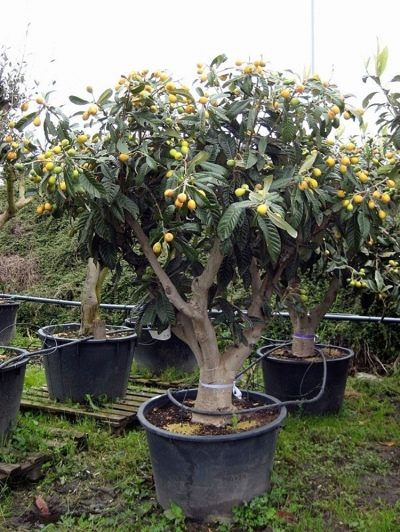
Nispero, or medlar, is planted in open ground in the fall or spring. This is influenced by climatic and weather conditions.If you plan to plant a garden, then the distance between the bushes should not be less than 4 meters. Eriobotria (Japanese medlar) is self-pollinated, therefore, under appropriate conditions, fruiting will be friendly.

This is a sunny and light-loving tree, so it must be planted in a place where there are no obstacles to sunlight. Does not like frost, drafts, piercing winds. Medlar is not capricious to the soil composition, but prefers slightly acidic and neutral soil. The best option is considered to be sandy loam, sod and humus with an acidity of 6 units.
A pre-selected area is dug up, cleaned of debris, stones and weeds, fertilized with mineral additives and bone meal.
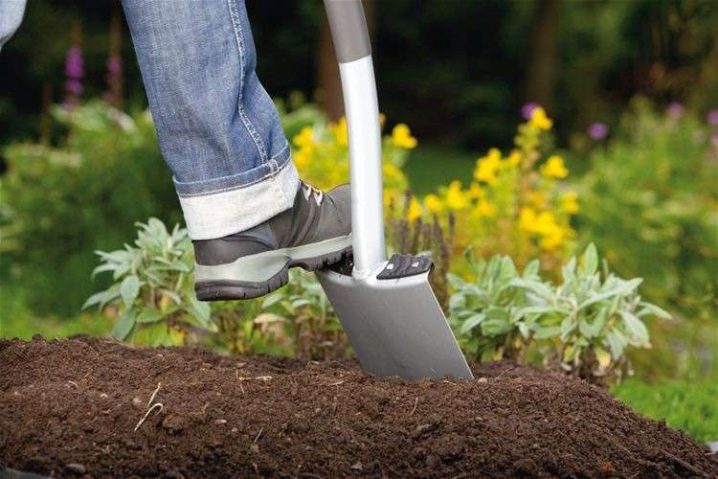
Then we pull out a hole twice the size of the root of the seedling. We send the stake and the future tree to the hole, fill it with soil. We tie the seedling to a peg in order to form an even bush. Spill the hole with water. A day after planting, it is recommended to loosen the trunk circle, mulch it with manure or compost.
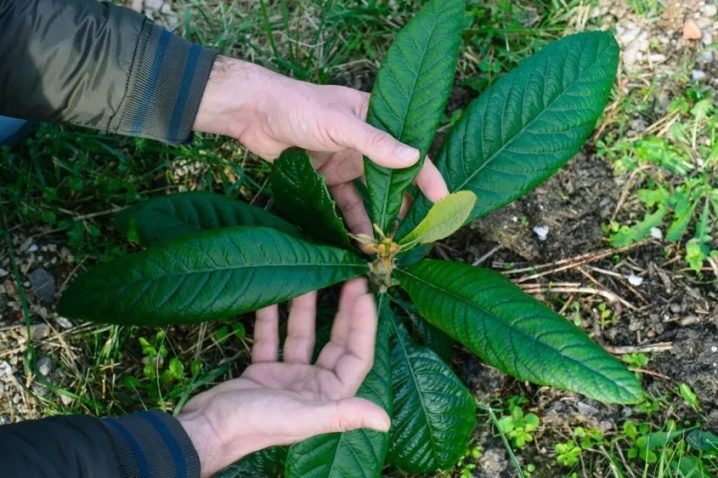
Care
Eriobotria is often grown from seed in the garden. Experienced gardeners recommend marking this area in some way so as not to mow with grass or soil clods. Outdoor seedlings will only grow vigorously in well-lit areas. In order for the seed to rise faster, it is recommended to create a greenhouse effect around it, covering it with polyethylene or a plastic bottle. This makes it more convenient to maintain optimal humidity and the necessary warmth. We advise you to lift the film or can daily for good ventilation. Seedlings can be expected no earlier than 2 months later.

At home, in a house or apartment, you can also grow a tree. This applies to areas with cool winters. To do this, choose a shallow container or pot, put expanded clay on the bottom as drainage, fill it with ready-made soil mixture, plant a seed, cover with glass or film. We are waiting for seedlings.
After the sprout has grown to the size of a cutting, it must be planted in a permanent place. During planting, we bury the plant in the soil to the height of the first leaves. We form a near-trunk circle, mulch with peat and water it. For the second season, it is convenient to use sawdust or freshly cut hay as mulch.
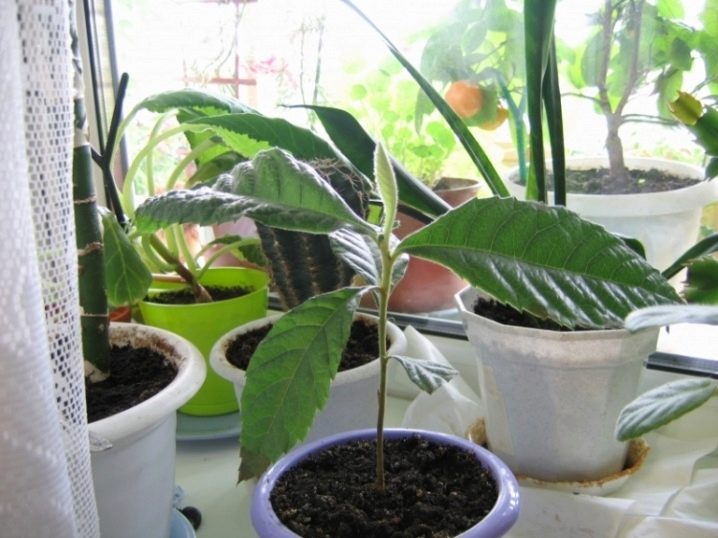
Experienced gardeners say that it is good to cultivate eriobotria with seedlings of a two-year-old tree. To do this, prepare a hole measuring 1x1.5 meters. The bottom is covered with pebbles or expanded clay.
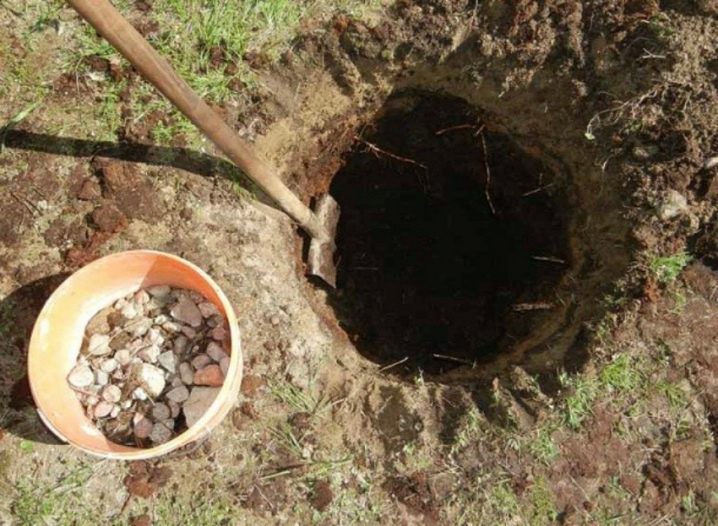
The trees are not capricious in their care. Standard agricultural practices include watering, entrenching, and pruning. If possible, they are treated with fungicides against fungal infections. If the soil is fertile, then fertilization is not required. But if in doubt, then you can add fertilizing with a phosphate or potassium group. Once a season, a mullein solution is poured into the trunk circles in a ratio of 1:10.
For young trees, the recommended watering is once every two weeks, 10 liters for a seedling, but without much waterlogging. With the onset of two years of age, we advise you to pinch the crown.

Pruning is needed: you should only get rid of weak branches. With the arrival of spring, it is better to cover the trunks with a lime mortar as a prevention of fungi and insect attacks.
The tree has a fairly strong immunity, it rarely suffers from any diseases. But to prevent a range of diseases, they use solutions "Topaz", "Fitoverma", ammonia, ash.

Reproduction
Most often, reproduction takes place in three ways: cuttings, seeds, layering. It is most convenient to propagate by means of a seed, because this plant will have all the qualities inherent in the mother plant. To do this, carefully remove the seed from the ripe fruit, rinse thoroughly, soak for a couple of days in a weak solution of potassium permanganate. After it is planted in loose prepared soil with a depth of 2 centimeters. The planting is covered with polyethylene.

It is not bad to propagate by layering: the branch bends down to the ground, sprinkled with soil, after rooting, the bush is cut off, planted in a temporary place, covering with a suitable container.
For dividing by cuttings, last year's shoots 15 centimeters long are cut, planted in the ground, deepening by 3 centimeters. After two months, the roots will appear.

An exotic fruit tree like medlar can be grown under any conditions. It is necessary to strictly follow the cultivation techniques, select the right soil, observe the temperature regime.
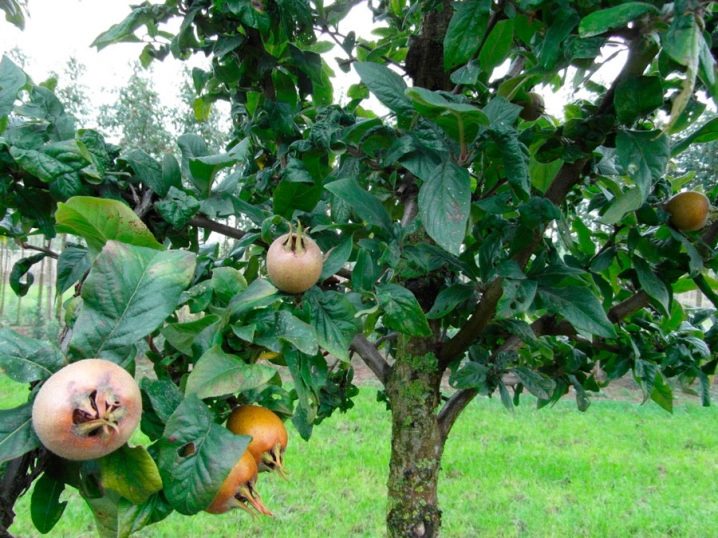













The comment was sent successfully.